

Well, Tomorrow is a Fat Thursday. the last day of the carnival, and also the day when millions of people ( lots of them Polish) will eat millions of doughnuts… in Poland the tradition of making doughnuts goes back to the middle ages, but if you think that only Polis people love doughnuts, I’m going to show you how many different types of doughnuts are around the world.
There are so many donut varieties. They all belong to the family of fried dough treats. Most of them do not resemble our traditional Polish donuts. They differ in fillings, recipes, shapes, and flavors, but they have one thing in common – the method of preparation, i.e. frying! I am pleased to present to you this rich variety of fried delicacies from the world. Bon Appetit!
Pączki in Poland
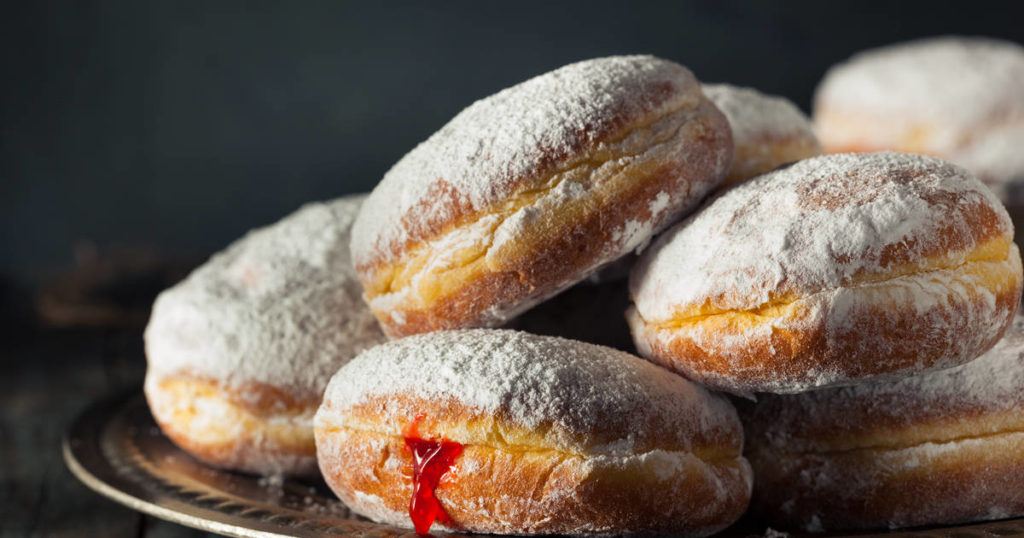
This is the classic. Yeasted dough, large, deep-fried, and stuffed with homemade jelly. The one made from rose petals is the best. Topped with powder sugar or icing
An in Korea, China, Japan

This inconspicuous donut sprinkled with sugar hides the dry taste of red beans. Like our donut, it is made of yeast dough.
Balushahi in North India, Pakistan, Nepal
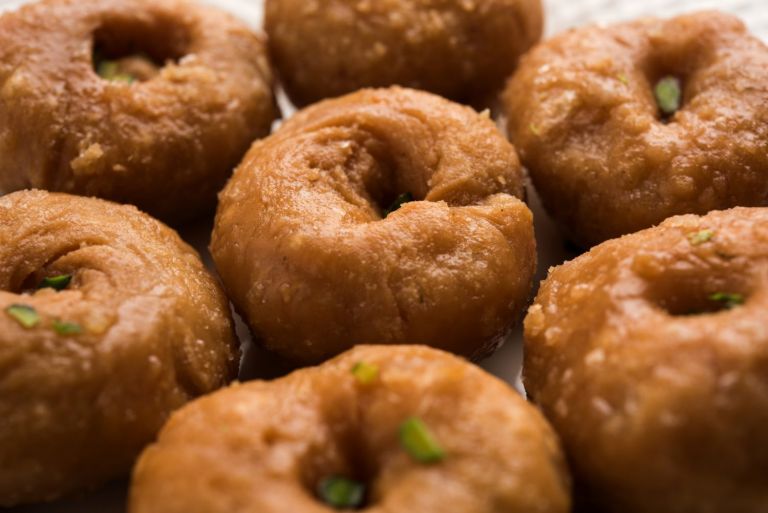
Balushahi is a traditional dessert or snack. These creamy donuts are made from yogurt and fried in ghee.
Beignet in France
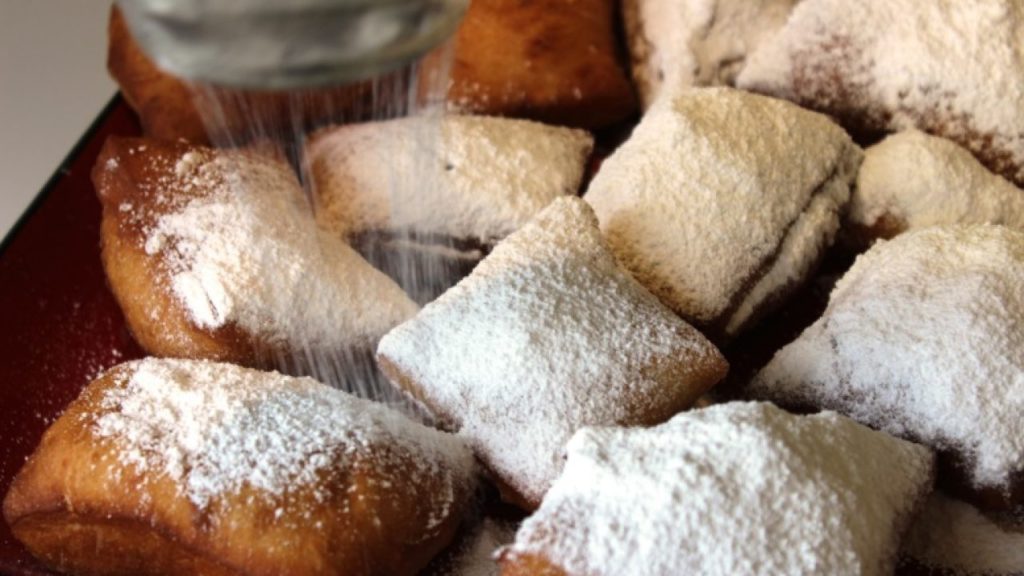
A donut squared! This French delicacy is made of yeast dough and deep-fried. Sprinkle them generously with powdered sugar.
Doughnut in United States

sweet yeast dough, fry in deep oil. Usually with hole in the middle (doughnuts holes, are called Munchkins, but that is for a different story). glazed, powdered, filled, topped with frosting, coconut, peanuts, or sprinkles, and every year on the first Friday of June people celebrate the National Doughnut Day.
Bismarck / berliner in Germany
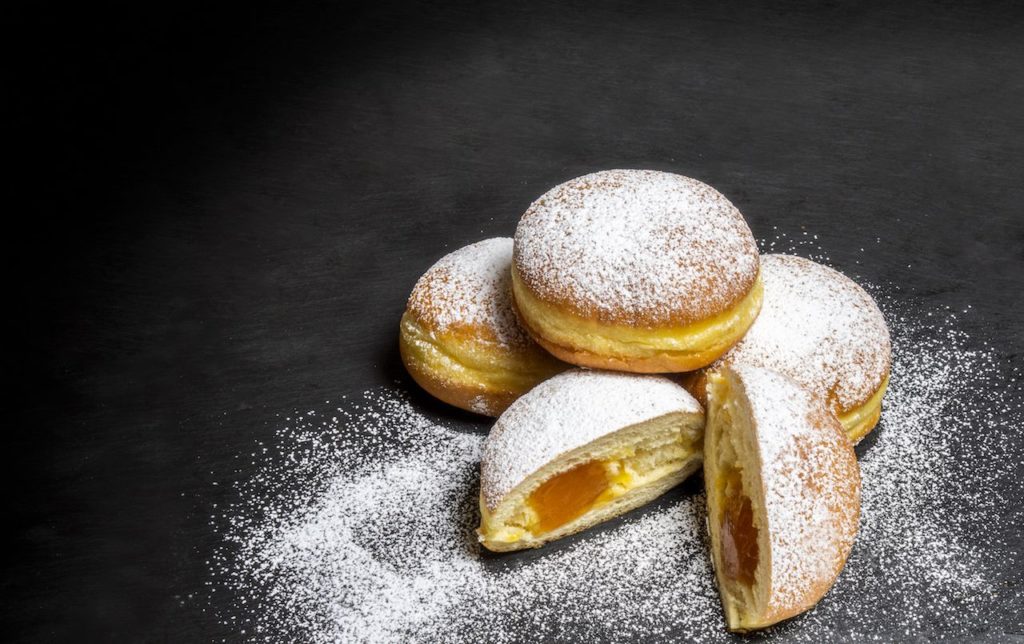
Pretty similar to our donuts, made of yeast dough and deep-fried. Stuffed with jam or marmalade, sprinkled with powdered sugar.
Bomboloni in Italy
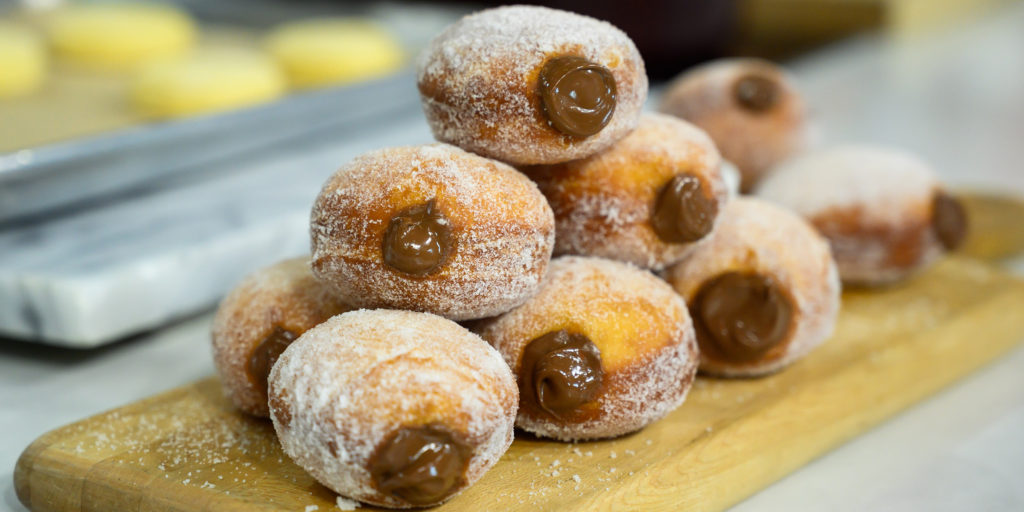
Bomboloni are cream-filled donuts from Tuscany. They are loaded from the top instead of from the side and a layer of filling is left at the top.
Farsangi Fánk in Hungary
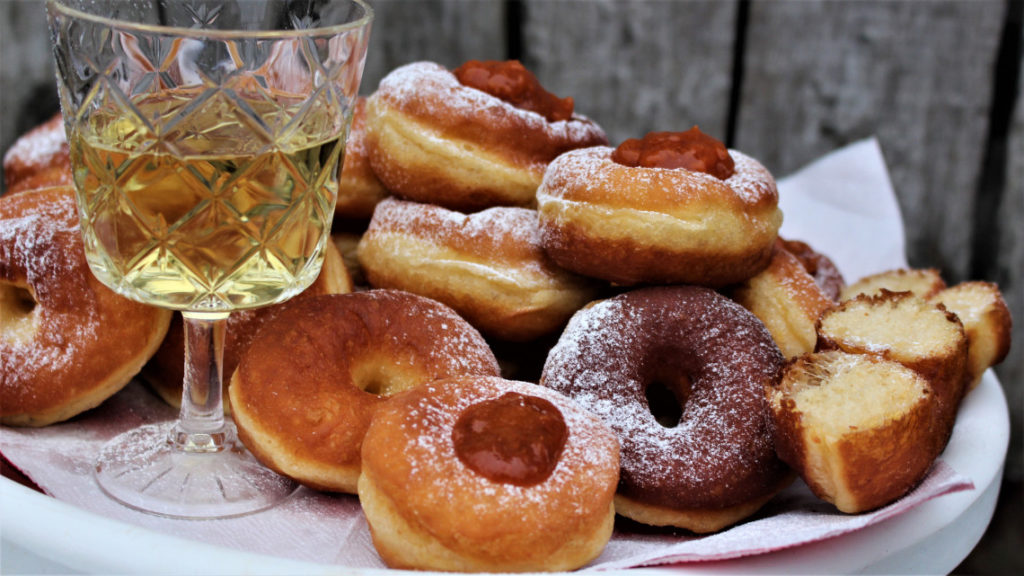
The yeasted dough is lightly seasoned with rum and lemon zest. They are best served the day they are fried, sprinkled with powdered sugar and served with jam.
Lángos in Hungary
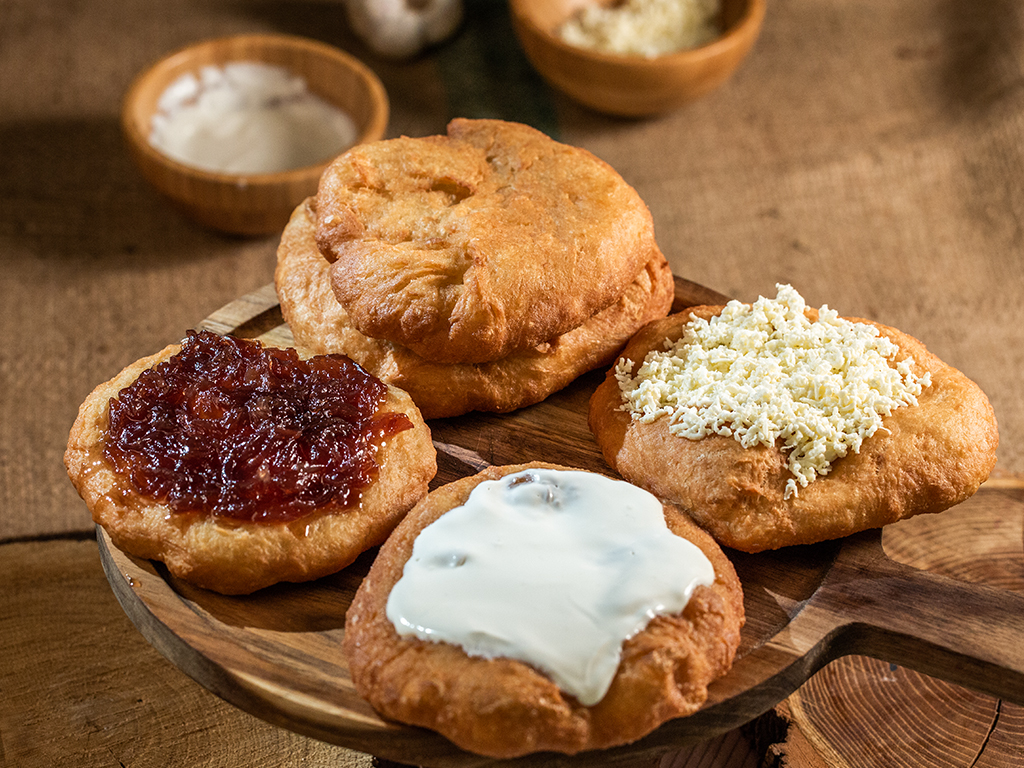
Hungarian specialty. Basic dough mixture (water, flour, yeast, sugar, and salt) is deep fried until it develops a golden-brown color. Sometimes for a richer version, dairy (sour cream, milk, or yogurt) will be used instead of water. Lángos is best eaten fresh and warm, and it can be topped with anything from sour cream and grated cheese to garlic sauce and salt, although it is often consumed plain, as it is. This popular street food specialty can be found at numerous fairs, festivals, beaches, and amusement parks
Sonhos in Brazil and Portugal
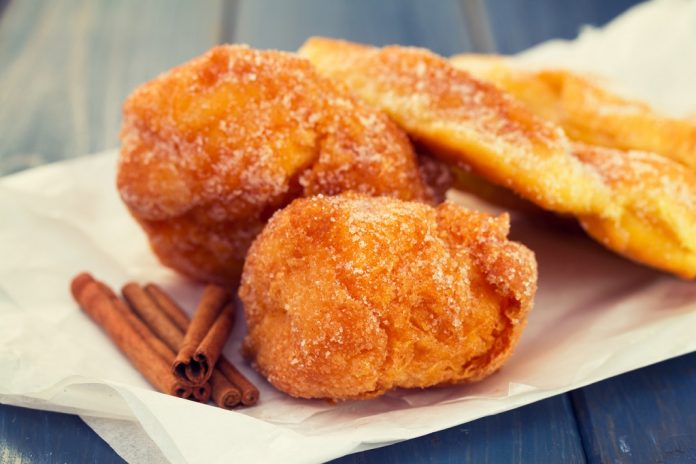
Sonhos, which literally means “dream,” are commonly seen in Brazil and Portugal. The light and airy balls are deep-fried, soaked in syrup, and then dusted with a sugar-cinnamon mix.
Koeksisters in South Africa
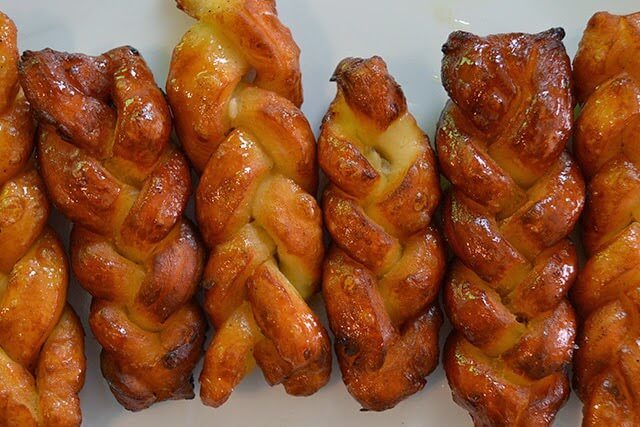
Koeksisters is a traditional South African dessert. This deep-fried braided dough is sticky and crispy on the outside and moist and syrupy on the inside. After frying, they are dipped in syrup flavored with cinnamon, ginger and lemon.
Zeppole in Italy
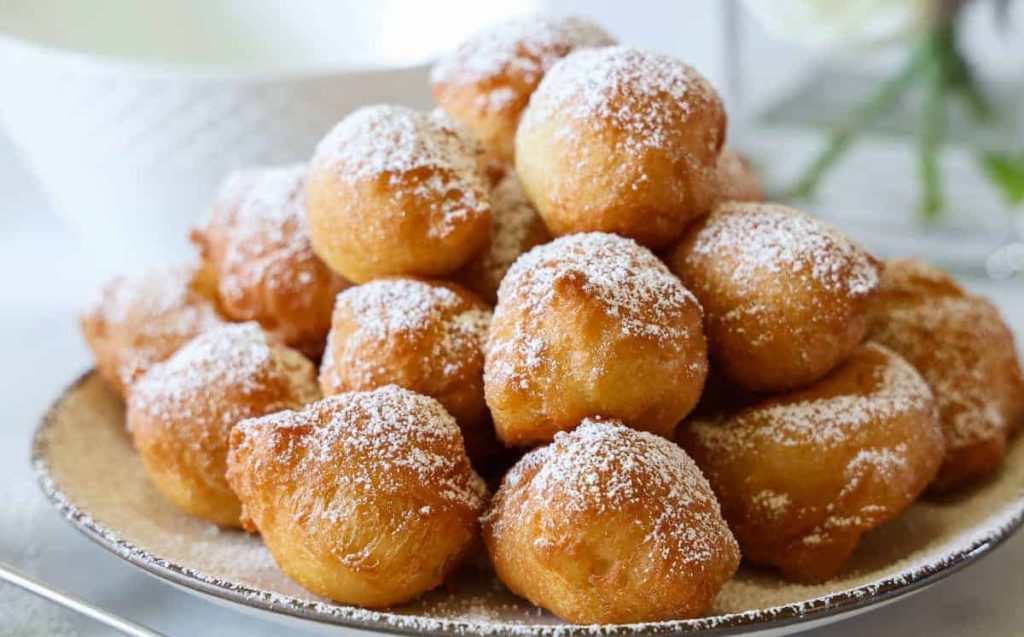
Those doughnut holes are tiny Italian doughnuts – crisp, light, and incredibly fluffy. They are much smaller than the Zeppole Di San Giuseppe, and they do not have an open-top filled with cream filling.
Baursak in Kazakhstan
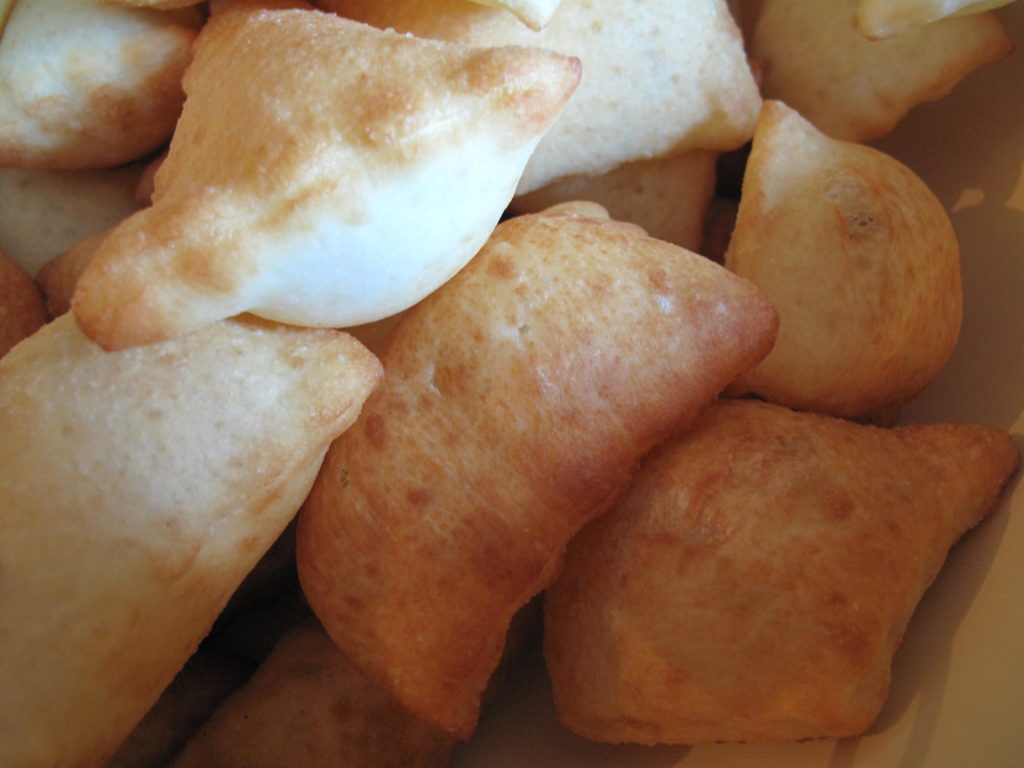
is prepared from egg-free yeast dough. Thanks to their long-lasting growing, they are light and fluffy. In Kazakhstan, baursak is served with strong tea.
Mandazi in Kenya
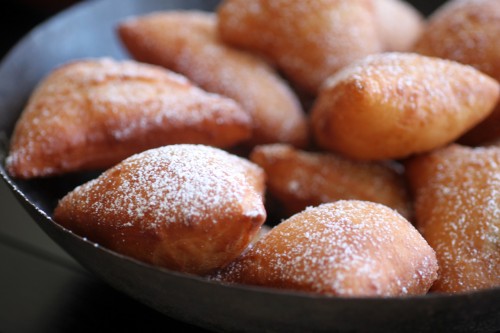
The mandazi are crispy on the outside, fluffy and soft on the inside. These benefits are due to coconut flakes, coconut milk and rice flour. Mandazi sprinkled with powdered sugar make a delicious dessert.
Gulab jamun in India
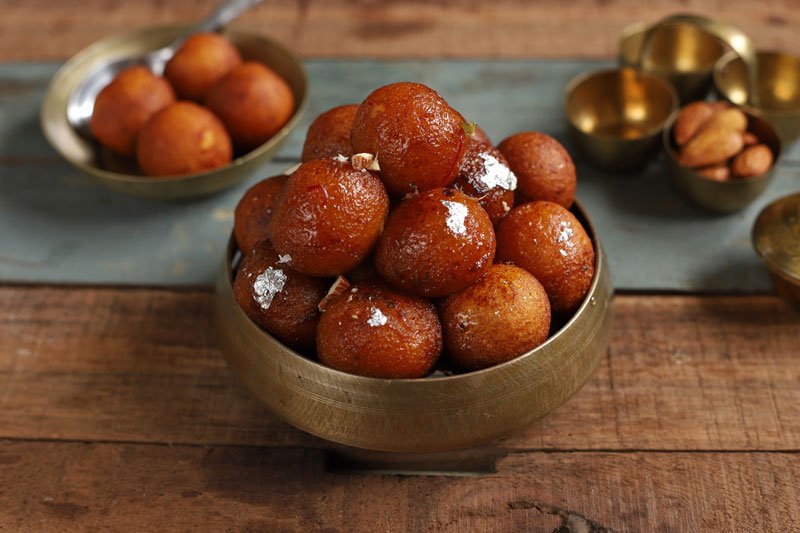
they are little donuts drenched in sweet syrup. Gulab jamun donuts come from India. This is a festive dessert for special occasions, such as a wedding. Traditionally, they are made from home-made paneer.
Filhós in Portugal
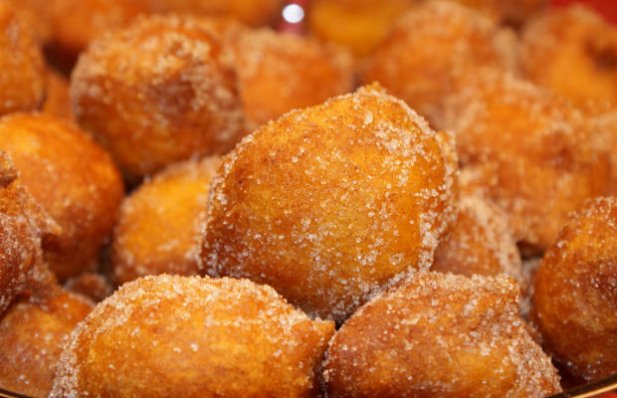
These small balls of yeast dough are allowed to rise before being deep-fried. They are then sprinkled with a mixture of sugar and cinnamon.
French Cruller in France
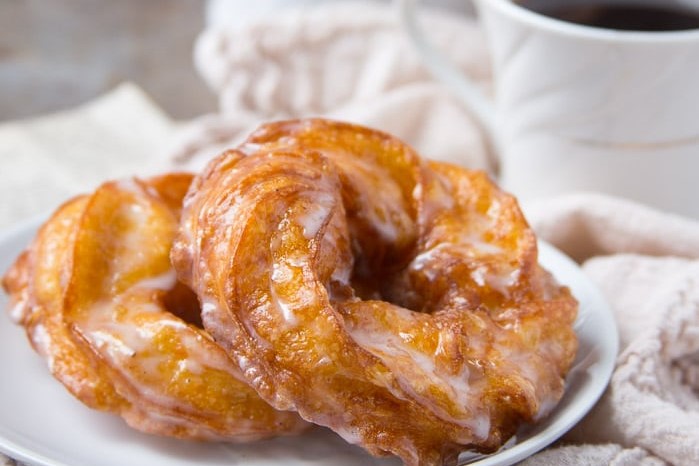
Crullers are twisted fried pastries that can be found across Europe. However, the French cruller is known for its light and airy texture. Originating in France, this ring-shaped doughnut is made with choux pastry (also used in profiteroles) that is topped with a simple sugar glaze.
Bánh rán in Vietnam

Bánh rán is a deep-fried ball of dough from Vietnam. It is usually made with glutinous rice flour and filled with sweetened mung bean paste scented with jasmine. It is then topped with sesame seeds. A similar dish is the bánh cam, which is not scented but may be covered in sugary syrup.
Bola de Berlim in Portugal
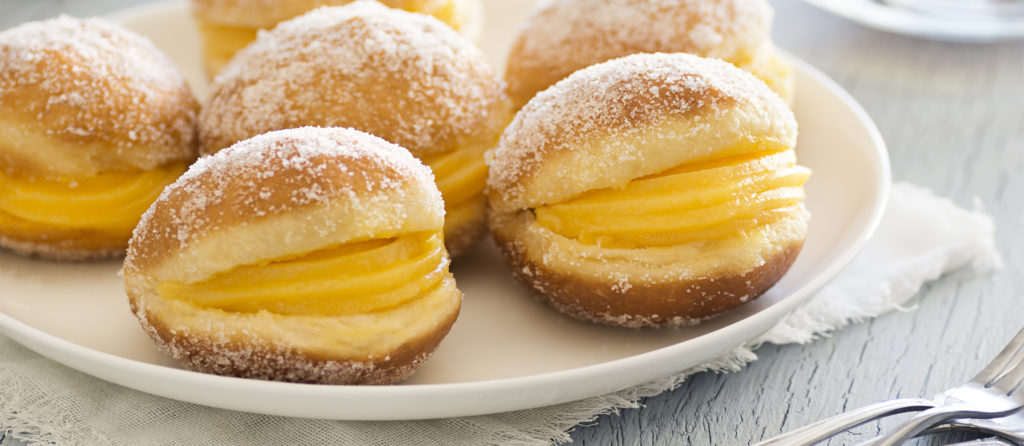
Bolas de Berlim are Portuguese donuts that are sliced in half, then filled with sweet and creamy egg-based custard. Fluffy on the exterior and thick and creamy on the interior, these donuts are typically rolled in granulated sugar before being filled with the custard.
Smultring in Norway
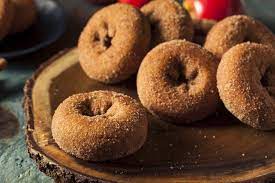
Similar to the hjortetakk, the Norwegian smultringer (literally “lard ring”) are most popular during Christmas. The thick, heavy, doughnuts are often served with riskrem (ice cream) from stalls and vendors.
Loukoumades in Greece and Cyprus
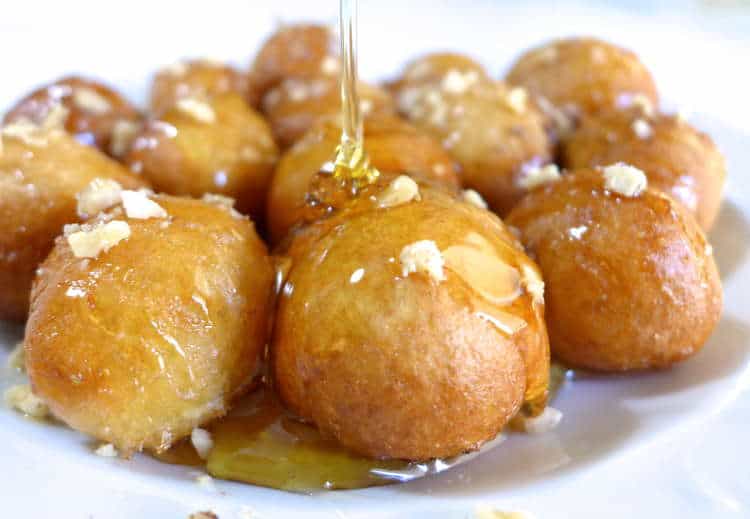
These deep-fried “donuts” are poured with honey and sprinkled with cinnamon. Supposedly, in ancient Greece, they were served to Olympians. Fortunately, everyone can taste them now.
Faschingskrapfen in Austria
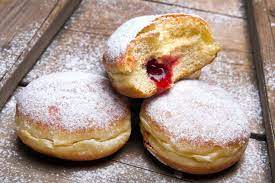
Similar to the German Berliner, the Austrian Faschingskrapfen is also a round ball of fried dough that has a jam or custard filling. Literally translating to “little carnival cakes,” they are served during St. Joseph’s Day.
Hjortetakk in Norway
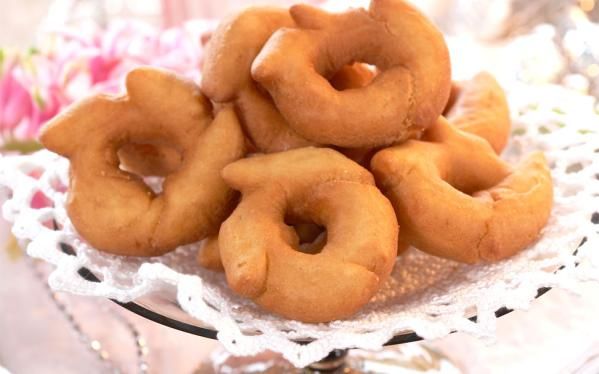
Also called hjortebakkels, these small Norwegian doughnuts are usually made with rolls of dough flavoured with cardamom and brandy. However, they do not have any glazing or filling.
Buñuelos in South America
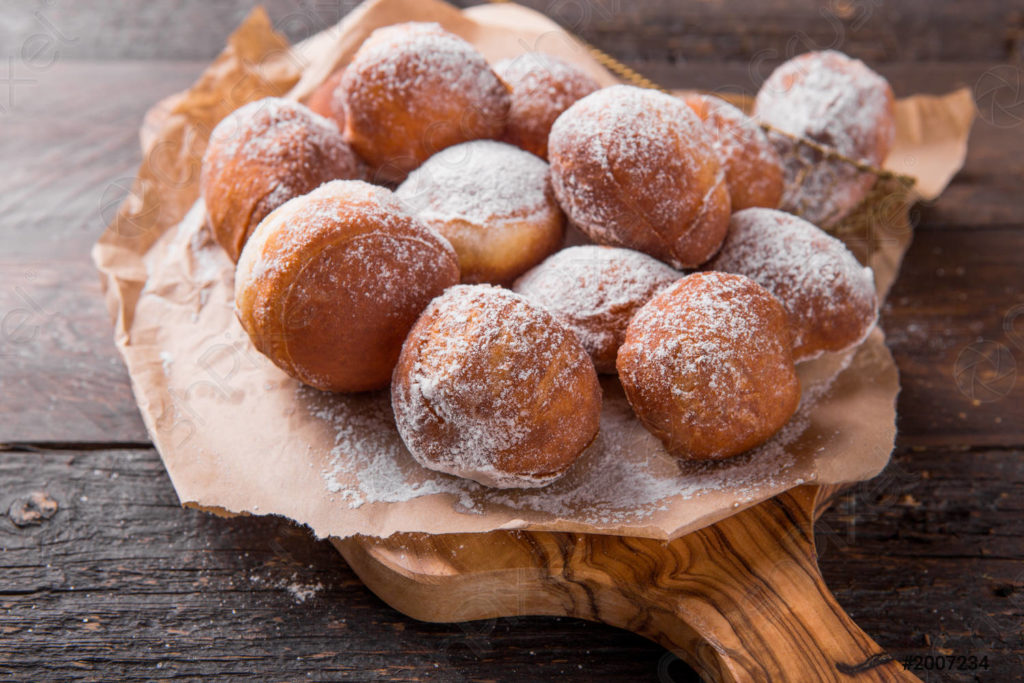
These bite-sized doughnuts are found throughout Latin American. Though they vary from region to region, they usually consist of thinly rolled balls of yeast dough, often soaked in flavoured syrup, or sprinkled in cinnamon sugar and served with warm honey. This dessert is also said to symbolize good luck.
Apple fritter in United States

One of the American classics. Delicious, deep-fried dough mixed with apples and cinnamon. Drizzled with vanilla flavored sweet glaze. Easy and quick to make. In less than thirty minutes, you can have this sweet, delicious treat.
Picarones in Peru
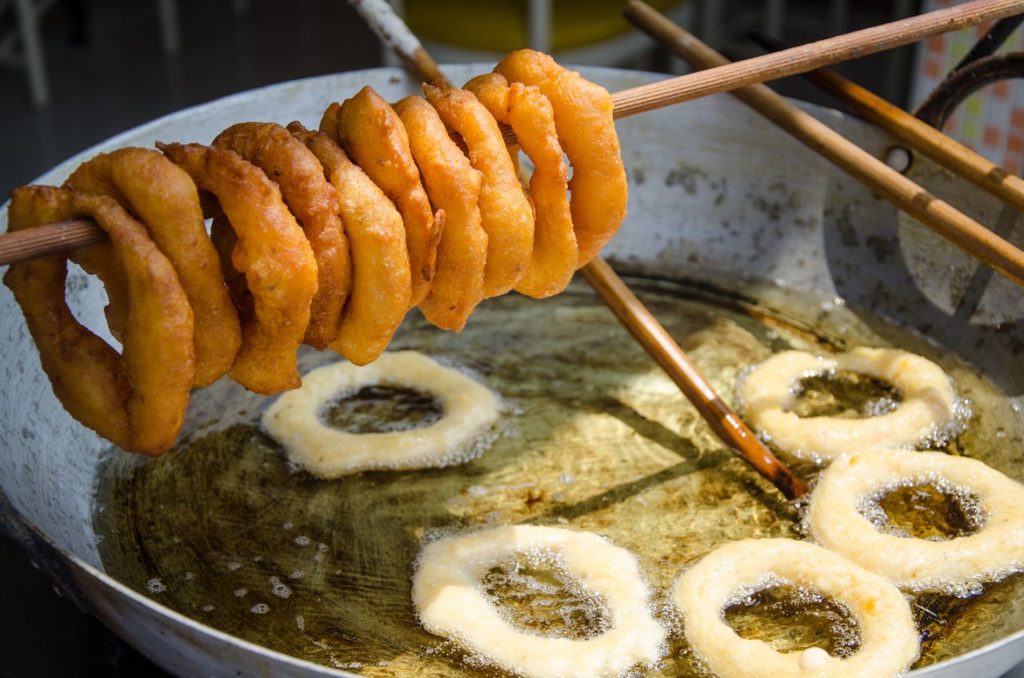
So called Peruvian doughnuts, are a staple of Peruvian street food. The traditional yeasty doughnut dough, with addition of sweet potatoes and squash to the dough, is shaped into a ring and fried in hot oil. Picarones are then drizzled with a sweet cane syrup.
Munkki in Finland
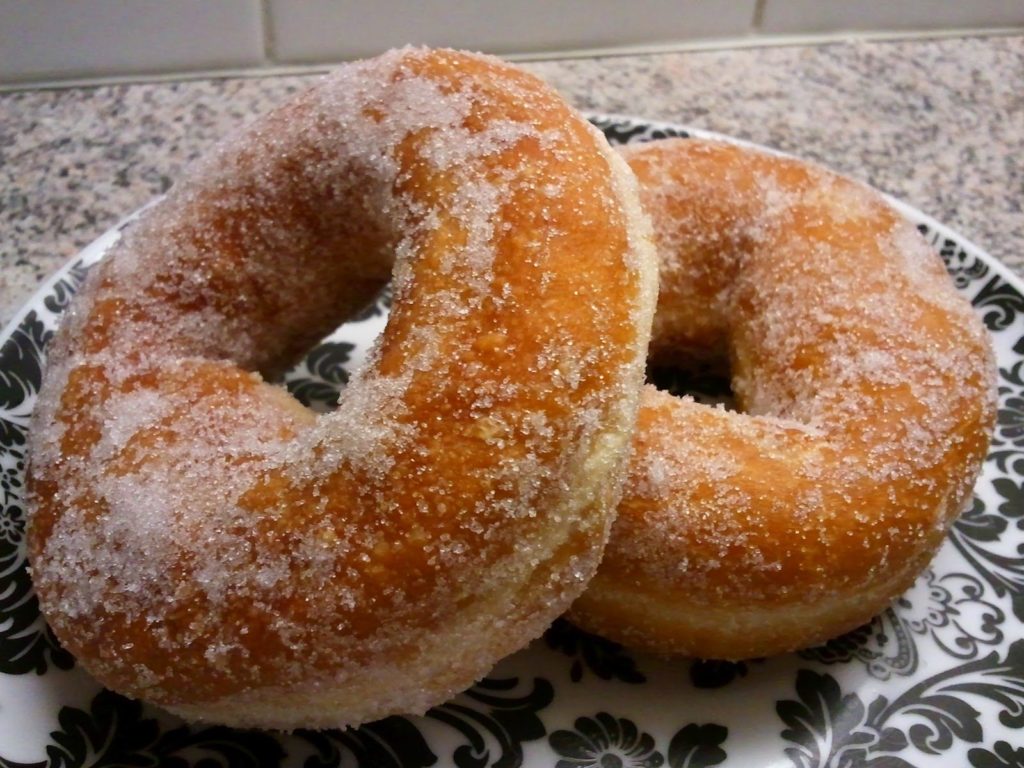
Munkki are a bit like American donuts, but much heavier. Their dough consists of butter, eggs, flour and salt. Most often they are in the form of rings or circles filled with strawberry jam. A variation on them is possu – a flat and almost square version of the same specialty.
Oliebollen in Netherlands
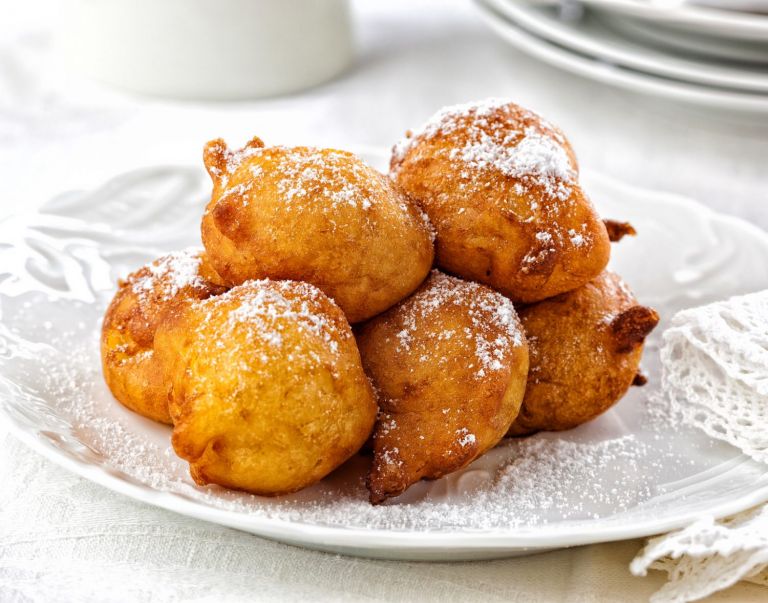
Oliebollen are deep-fried yeast dough balls stuffed with raisins and apple slices. Traditionally, the Dutch enjoy them during New Year’s Eve.
Fritule in Croatia
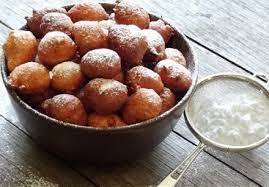
Fritule are traditional Croatian version of sweet, round fritters. They are prepared with a basic yeasted dough which incorporates eggs, flour, milk, butter, and sugar. Different varieties often employ raisins, grated apples, yogurt, and baking powder.
Papanaşi in Romania
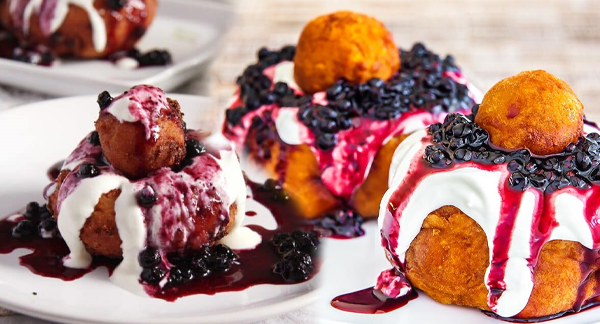
This Romanian donut is made with fresh cottage cheese, flour and sugar. For extra flavor, it is served with cream and cherry or berry jam.
Ponchiki in Russia
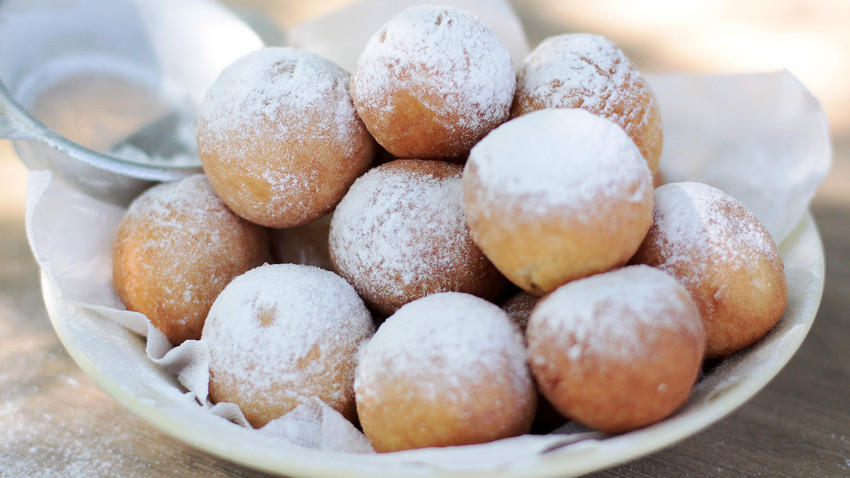
Sweet Russian farmer’s cheese doughnut holes (Ponchiki) dusted with powdered sugar. They are a traditional Russian doughnut recipe that everyone will love.
Sel Roti in Nepal
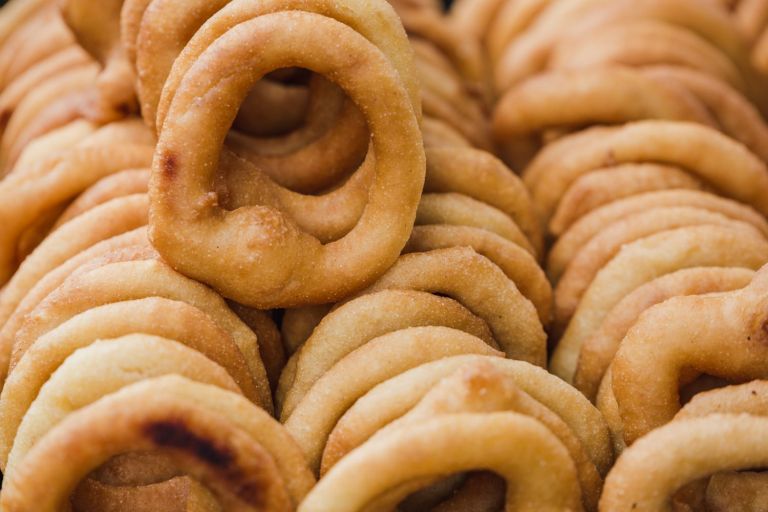
Nepalese sel rothi is eaten both as breakfast and a specialty for special occasions – for example during religious holidays such as Dashain or Tihaar. This tasty delicacy is prepared from rice flour and fried into thin and crunchy “hoops”.
Lokma in Greece, Turkey, and Cyprus
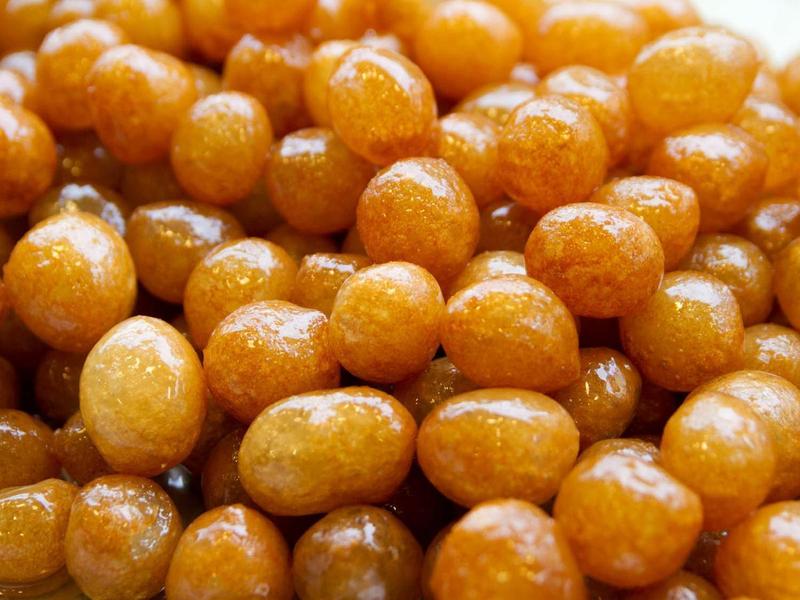
This treat is well known far beyond Turkish borders. its origins reaching Ancient Greece, where they were given to winning Olympians as a treat and were called honey tokens (Loukoumades). Sugar-packed dessert is usually made with a mixture of flour, sugar, yeast, and salt, which is deep-fried and then bathed in syrup or honey. Extremely popular till this day is Greece, Turkey, and Cyprus.
Sfenj in Morocco
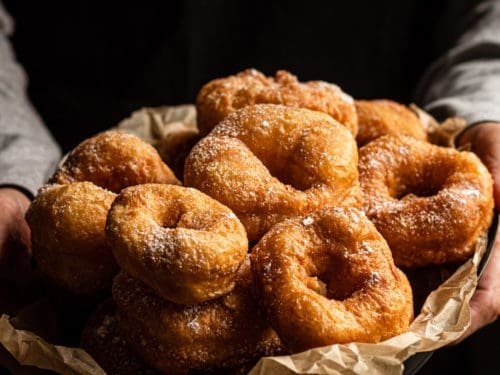
Their shape resembles American donuts – except that they are not perfectly streamlined. Yeast dough on sphenya is sticky and unsweetened. They are often sold straight off the street. They taste great both with and without sugar sprinkles. It is eaten for breakfast with a cup of tea
Sufganiyot in Israel
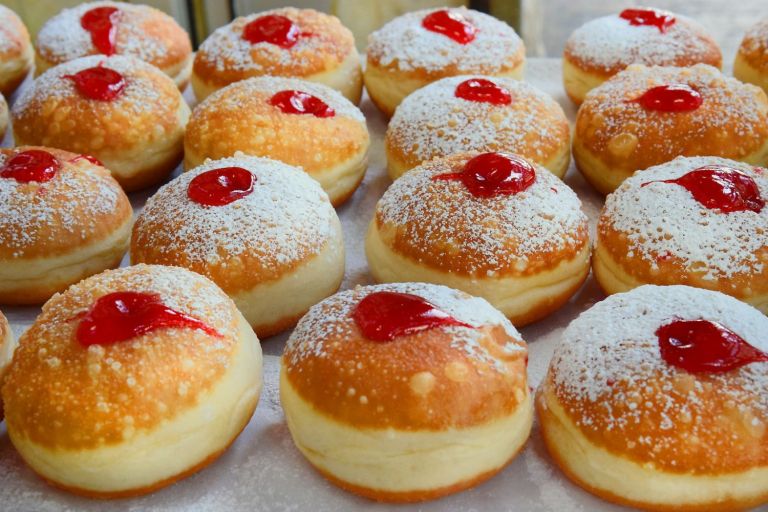
Sufganiyot, or fried, jam-filled buns are a popular delicacy during the Jewish Hanukkah festival. They are reminiscent of our Polish donuts.
Krofne in Central Europe
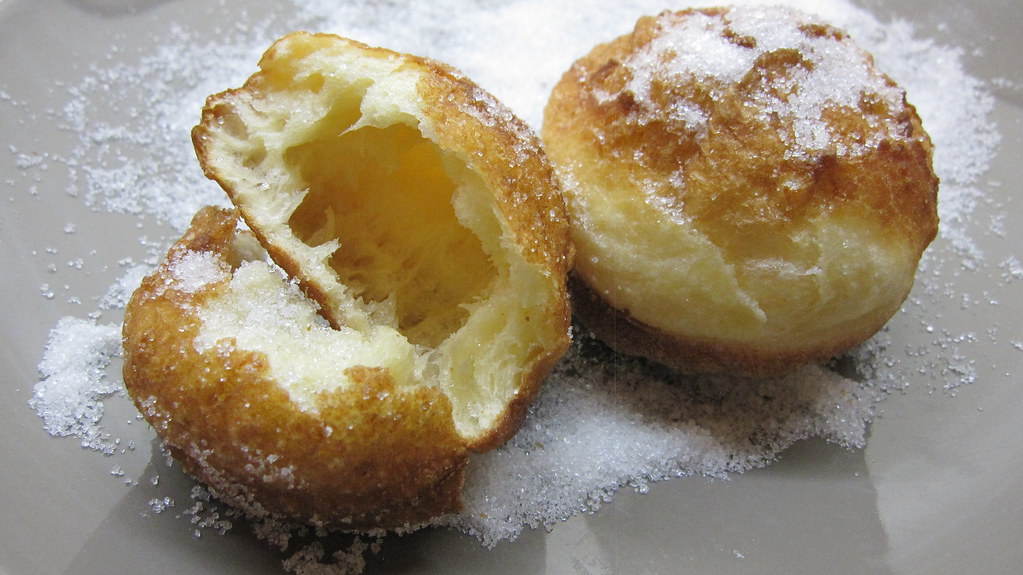
These airy filled doughnuts are found across Central Europe. A variation of the German Berliner, they are also often filled with custard, cream, jam, marmalade, or chocolate. In countries such as Croatia, Slovenia, and Bosnia, krofne are popular during the annual Winter Carnival, New Year’s Day and other holidays.
Kuih keria in Indonesia
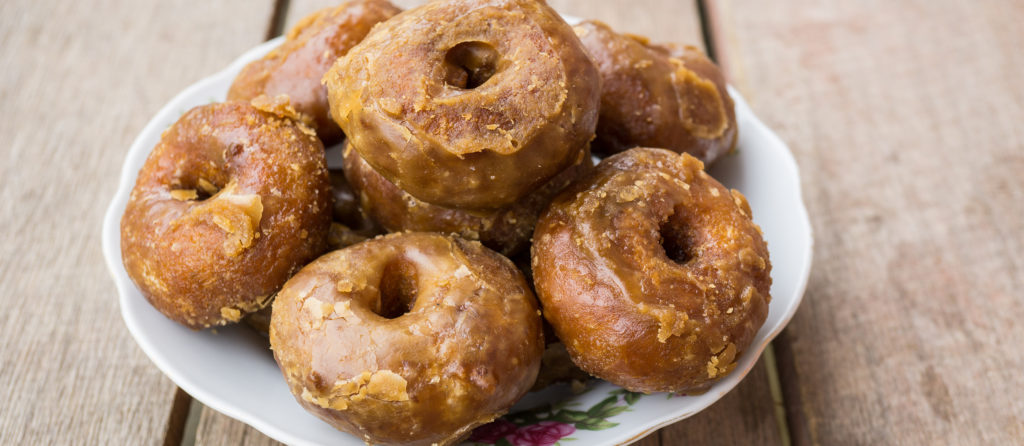
Kuih keri are essentially sugar-coated, fried, sweet-potato doughnuts also known as Donat Kentang. The sweet potato is mixed with flour, laced with granulated sugar and can be covered with a variety of ingredients. It is found all over Indonesia and Malaysia.
Tulumba in Turkey
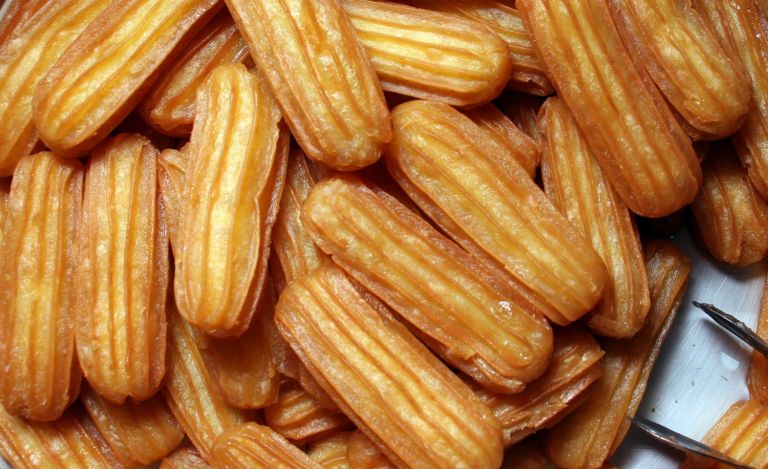
Tulumba is made from a fairly heavy egg dough that is squeezed into hot oil. After frying, they are dipped in syrup. They are also popular in other Mediterranean countries.
Pets de nonnes in France
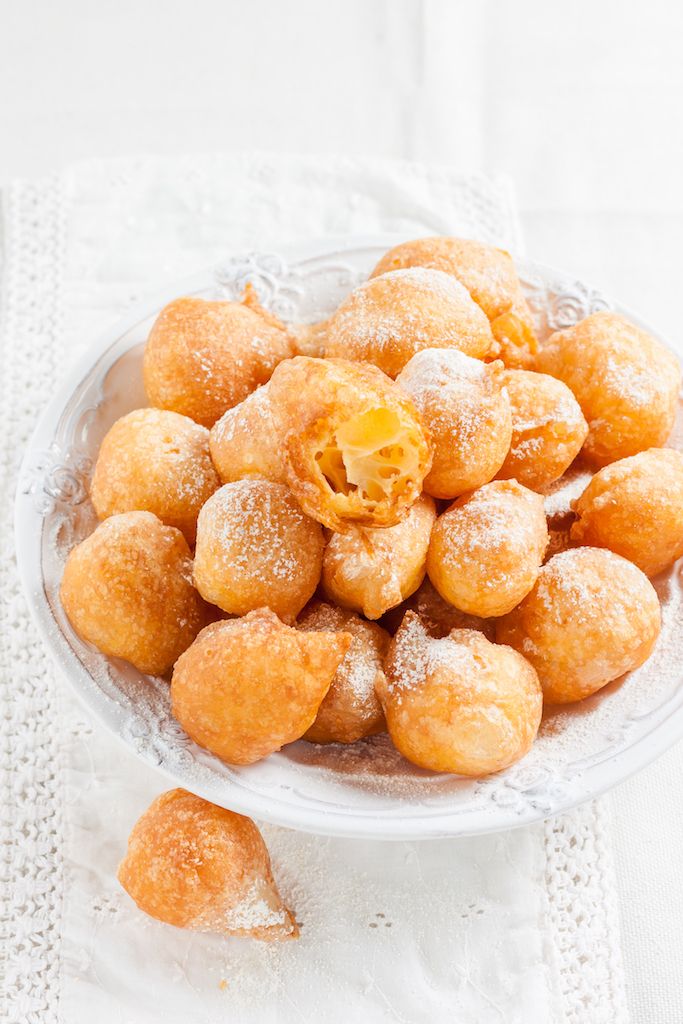
Pets de nonnes translates to “nun’s puffs,” which is slang for “nun’s farts.” These little farts are made with flour, butter, milk, eggs, and plenty of sugar. The dough is shaped into a ball and then fried in lard and sprinkled with powdered sugar. It’s a mystery why they’re called nun farts, but don’t think too much about it.
Malasadas in Portugal
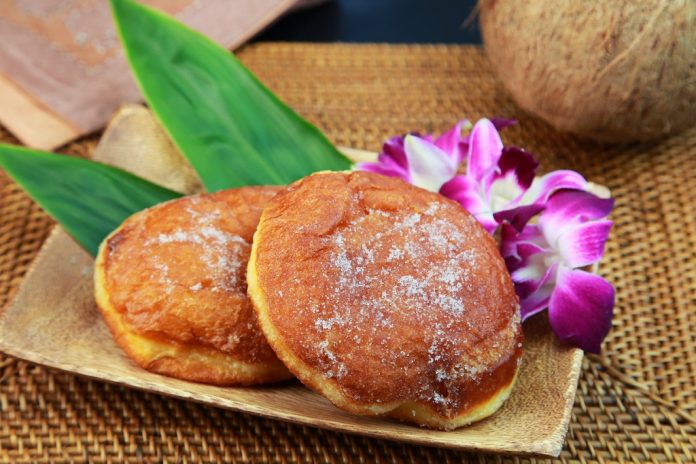
Malasadas are Portuguese doughnuts similar to filhós. The circular, eggy dough is fried and dusted with sugar. They were traditionally eaten the day before Lent and became popular in Hawaii. Malasadas were brought there by early Portuguese settlers.
Berliner pfannkuchen in Germany
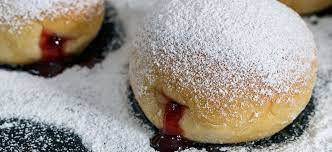
In Germany, they eat Berliner pfannkuchen, which are fried, doughnut-like pastries without a hole that are often simply called “Berliners.” These are basically just jelly doughnuts by a different name, with cream, chocolate, or fruit fillings. Just be careful when you’re eating them in Germany because it’s a far-too-common prank to fill one of the Berliners in a pile with mustard instead of something sweet.
Pampushka in Ukraine
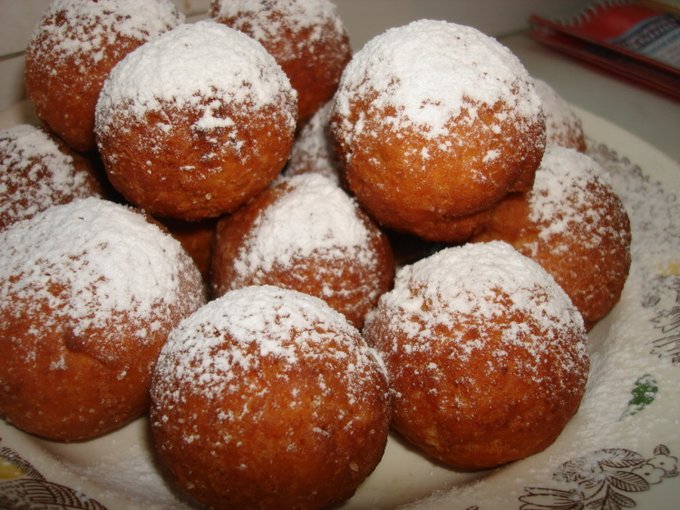
These small yeast-raised doughnuts can be both baked and fried. The pampushka can either be sweet (filled with fruits or preserves, and topped with sugar), or savoury (topped with garlic sauce).
Puff-Puff in Central Africa
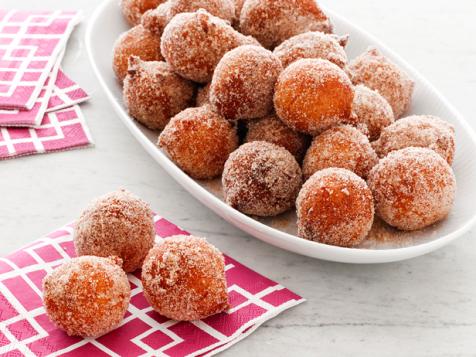
Found across various African countries, puff-puffs are made of sweet dough that is deep-fried and rolled in sugar and spices like cinnamon, vanilla, and nutmeg. Puff-puffs have numerous varieties, such as bofrot in Ghana, mikate in Congo, beinye in Cameroon, or kala in Liberia, among others. They may be served with a fruit dip and coffee.
Zeppole Di San Giuseppe in Italy
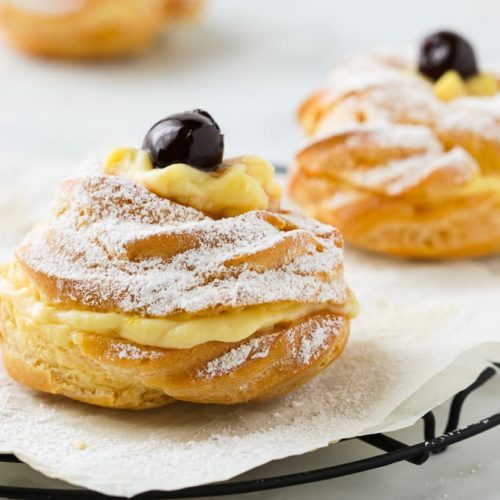
Zeppole are like filled doughnuts with the top blown off. The fried dough can be filled with custard, jam, or anything else you desire. In Italy, the filling depends on where you’re at in the country. Some areas go sweet with fillings like blended ricotta and sugar, others go savory with anchovies.
Vdolky in Czech Republic
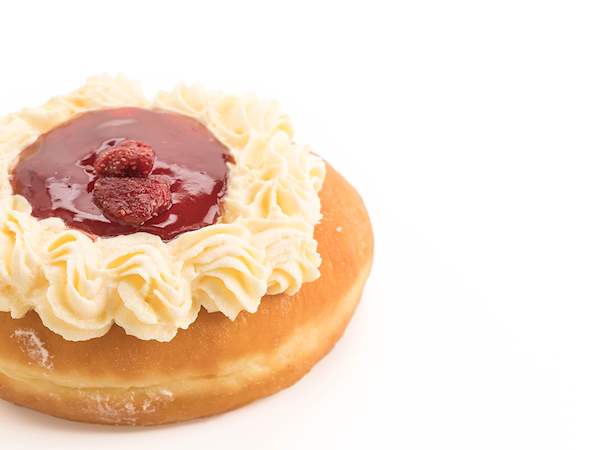
These soft, tender Czech doughnuts are prepared with yeasted dough that is often flavored with lemon zest. They are round and have a small bump on the top, which is used to hold all the scrumptious filling. They can be baked in the oven, but traditionally Vdolky are fried in deep oil until golden brown. Typically , they are enjoyed warm, covered in jams and topped with whipped cream or crumbled tvaroh ( Eastern Europe an cottage cheese).
Struffoli in Italy
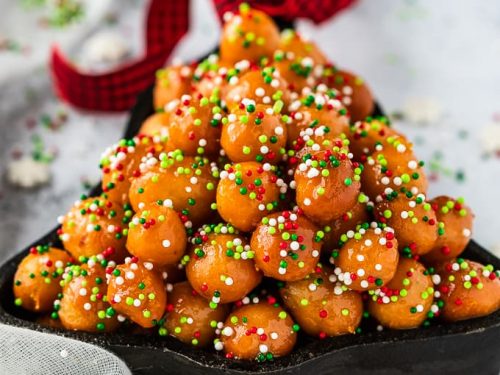
also known as Honey Balls is a dessert dish from Napoli, traditionally prepare during Christmas season. Made of deep-fried balls of sweet dough, that is formed into balls about the size of marbles. Crunchy on the outside and light inside. Struffoli are mixed with honey and other sweet ingredients and formed into mounds or rings. There are many ways to flavor them, but the traditional way is to mix them in honey with sprinkles, cinnamon, and bits of orange rind.
Timbits in Canada
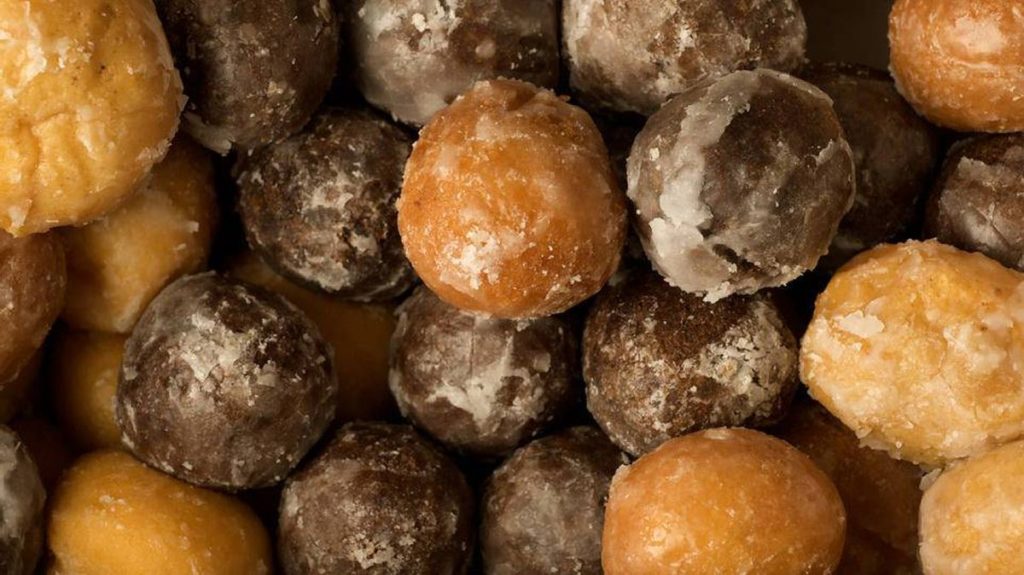
One bite-sized doughnut holes. Usually made from leftover dough, deep fried. Wildly available in many flavors: plain yeast, cake, apple fritter, honey dip, old fashion plain, chocolate glazed, blueberry, strawberry, lemon, and filled timbits.They are generally sold in North American fast food chains such as Tim Hortons and Dunkin’ Donuts ( in America they are called Munchkins).



